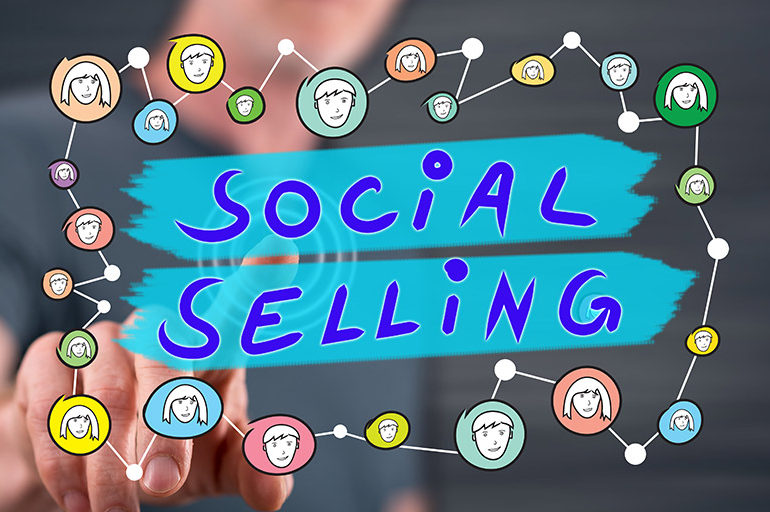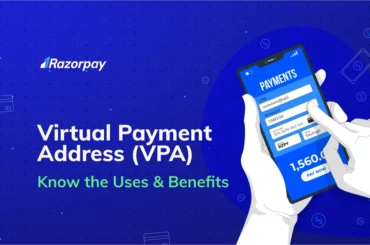“You can use social media to turn strangers into friends, friends into customers and customers into salespeople.†Seth Godin
According to the new 2019 Global Digital report by We Are Social and Hootsuite, almost half of the world’s population, is using the internet. That’s 4.39 billion people for you!
This also means there are more people on social media–approximately 3.48 billion.
Today, the younger generations spend more time on social media apps, which has positioned social commerce as the numero-uno market trend for e-commerce.
Carrying the baton of this revolution is Generation Z, who prefers shopping on social channels like Snapchat and Instagram, while Generation X loves to shop on Facebook.
What is social commerce?
In this piece, social commerce is described as the ability to purchase from any third-party company within the native or paid social media experience.
For instance, a user can browse and compare products on Instagram or Facebook, or learn product details in a tweet, posts or targeted ADs.
Currently, Facebook, Instagram and Pinterest are dominating the social commerce space.
Let’s find out more.
Social commerce platforms
The social media behemoth did present many e-commerce features, but what clicked were Instagram Checkout and Facebook marketplace, which made online purchases a smooth experience.
The Facebook app allows flawless purchasing without getting redirected to any website. Whereas, things will get more streamlined for business profiles, as the company plans to integrate messaging services to simplify selling products.
Benefits:
- According to reports, Facebook has no plans to monetise e-commerce on the platform
- Instagram Checkout will help retailers to sell their products more efficiently and effectively
- Direct purchases via Facebook will encourage better conversions
- Will create more value that converts to higher bids for advertisement
- Push-button will revolutionise checkout experience
One word: powerful. Easier to shop and much higher potential. As quoted by Jonah Berger, author of Contagious, “Instagram is a place where you discover new things, brands, destinations for travel and furniture.â€
Shopping on the platform has been around since 2016, but the word is in the air that a dedicated Instagram e-commerce platform is in the works.
If you talk about integration, a user needs to connect his/her Instagram business account’s product catalogue to Facebook through approved platforms like Shopify.
Benefits:
- Retailers can sell products in three ways: shoppable posts, shoppable collections and shoppable stories
- Instagram gives a visual storefront experience
- 64% of internet users between 18 and 29 years use Instagram
- On Instagram, $2.40 is the average cost per click per country
- More than 33% of Instagram users will purchase through mobile phones
- Has the most advanced targeting options
- Differentiate between personal and business profiles
- Allows to tap into an unreached customer base
The chances are that you might be familiar or clueless about this platform’s existence. Well, Pinterest ranks third in generating referral traffic. Pinterest introduced Buyable Pins in 2015, which allowed customers to buy products without leaving the pinboard.
The platform’s unique ability to create links between pages and websites helps online sellers to showcase products and develop networks. It’s a proven fact that Pinterest and online commerce walk hand in hand, and can forge a robust sales funnel for e-commerce businesses.
Benefits:
- Retailers can reach Pinterest’s 250 million monthly active users
- Allows pin promotions, target audiences, boost traffic and measure ROI
- The platform integrates with Magento, Shopify, Salesforce Cloud, etc.
- Enables pinners to share ideas and buy products through messenger chat extension
- Generating leads in Pinterest is three times more effective than Twitter
- It converts more browsers into buyers, gets you more inbound links, generates maddening traffic
Conclusion
The cultural impact of “Generation Now–a combination of GEN Z and Millennials represent this paradigm shift in digital commerce, which is directly responsible for brewing an e-commerce revolution.
But this uprising is still in its nascent stage. As a brand, if you are thinking of experimenting with social commerce, then you should choose the right platform, conduct qualitative research and boost traction with paid ads.
And finally, optimise and optimise till you hit it right.
Also read: Top 5 Social Media Tools for Businesses





